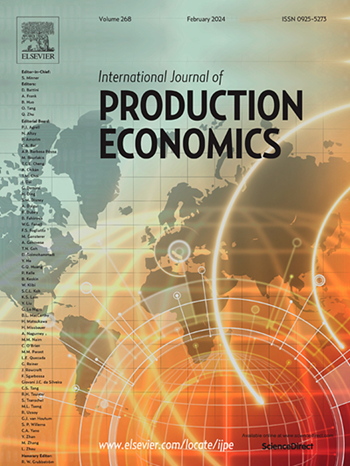A dynamic optimization model for vaccine allocation with age considerations: A study inspired by the COVID-19 pandemic
IF 9.8
1区 工程技术
Q1 ENGINEERING, INDUSTRIAL
引用次数: 0
Abstract
In a pandemic situation, an effective vaccination campaign is seen as a powerful tool to prevent the spread of infectious diseases and reduce fatalities. However, its success highly depends on its organization and combination with other measures. To help the decision-makers in this endeavor, this paper proposes a Mixed-Integer Linear Programming - Vaccine Allocation (MILP-VA) model to plan the vaccination campaign to minimize the number of possible fatalities over a given period. To better integrate the pandemic dynamics, this model is coupled with a single-dose Susceptible-Vaccinated-Infected-Recovered (SVIR) model where the compartmentalization of the population allows for the adjustment of different demographic and epidemiological parameters based on age categories and their social interactions. This approach is proven to suit populations with heterogeneous age groups better. The applicability of the proposed SVIR-MILP-VA model is illustrated using a case study inspired by the COVID-19 pandemic. Accordingly, an extensive numerical analysis was conducted to test various managerial, epidemiological, and behavioral conditions, such as vaccine availability, transmission rates, and vaccine hesitancy. This approach facilitates robust discussions to address the uncertainties of an emerging pandemic and provides a solid foundation for informed vaccination decisions in real-world settings. The results are discussed, and the findings are formulated as insights for researchers and practitioners.
求助全文
约1分钟内获得全文
求助全文
来源期刊
CiteScore
21.40
自引率
7.50%
发文量
266
审稿时长
52 days
期刊介绍:
The International Journal of Production Economics focuses on the interface between engineering and management. It covers all aspects of manufacturing and process industries, as well as production in general. The journal is interdisciplinary, considering activities throughout the product life cycle and material flow cycle. It aims to disseminate knowledge for improving industrial practice and strengthening the theoretical base for decision making. The journal serves as a forum for exchanging ideas and presenting new developments in theory and application, combining academic standards with practical value for industrial applications.

 求助内容:
求助内容: 应助结果提醒方式:
应助结果提醒方式:


